Amyris delivered sustainable alternative to shark squalene adjuvant enabling vaccines with no sharks killed
On Oct. 1, 2020, Amyris announced that it has begun delivering samples to pharmaceutical companies of a sustainable…
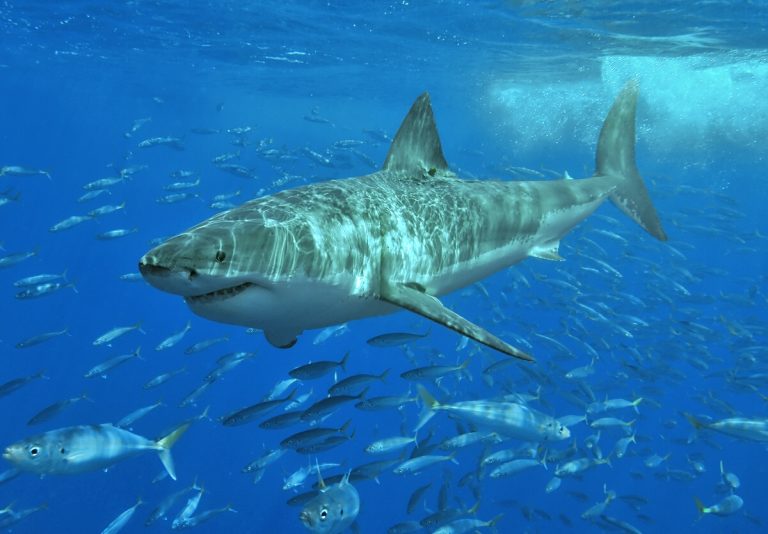
On Oct. 1, 2020, Amyris announced that it has begun delivering samples to pharmaceutical companies of a sustainable…
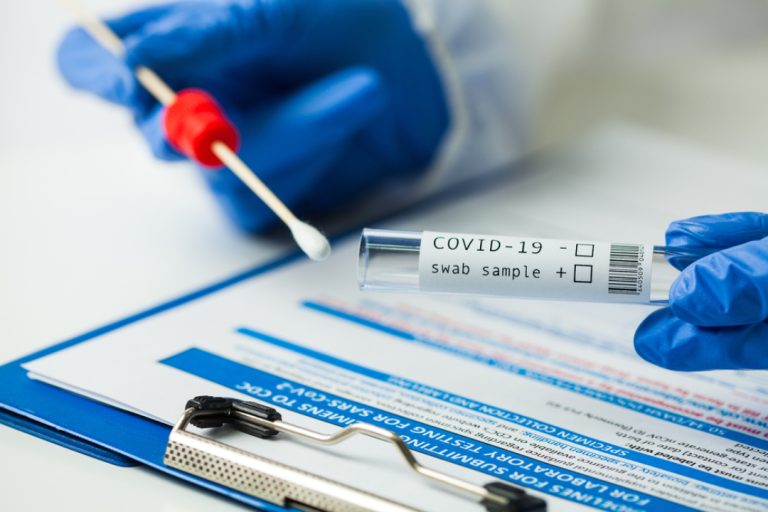
On Sept. 30, 2020, Quest Diagnostics announced three different test options for healthcare providers across the U.S.to aid…
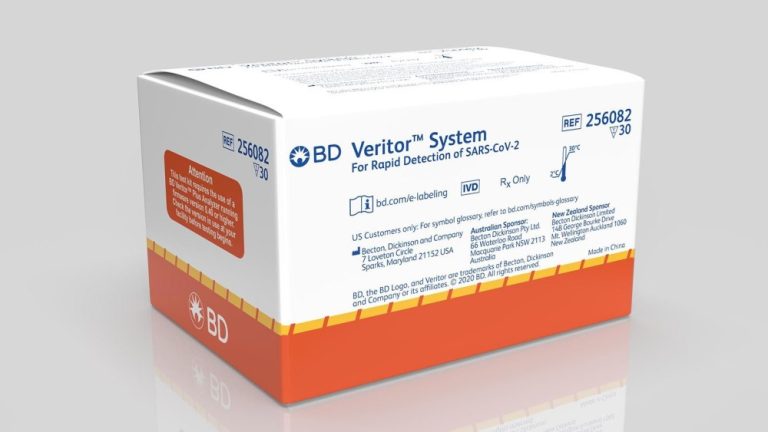
On Sept. 30, 2020, BD (Becton, Dickinson) announced its rapid, point-of-care, SARS-CoV-2 antigen test for use on the…
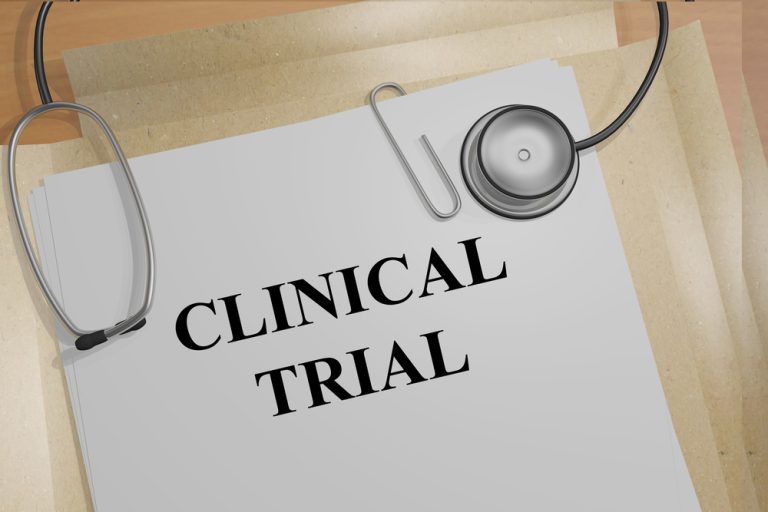
On Sept. 30, 2020, researchers from the Perelman School of Medicine at the University of Pennsylvania reported results…
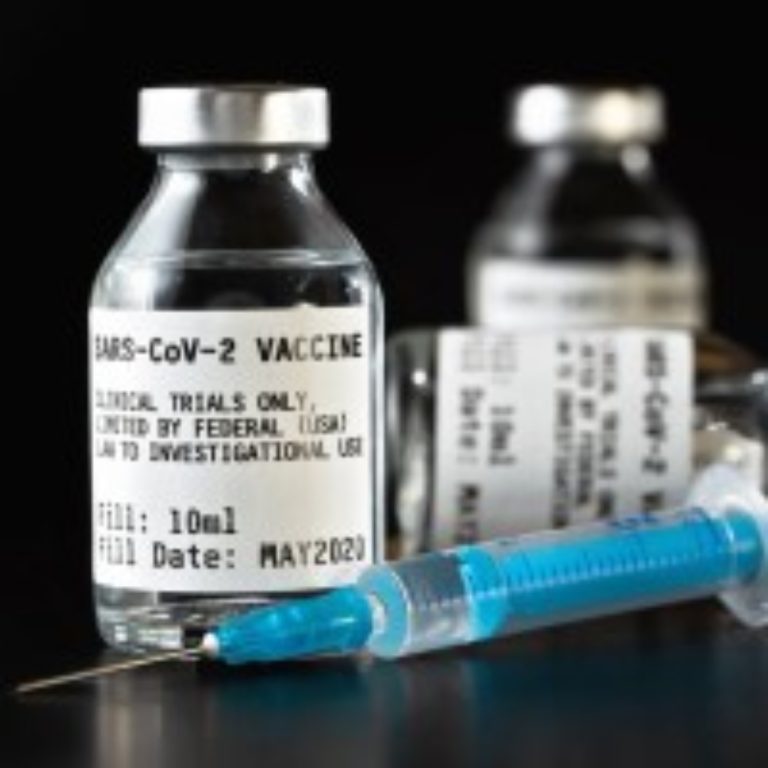
On Sept. 29, 2020, Moderna announced the publication of the second interim analysis of the open-label Phase 1…
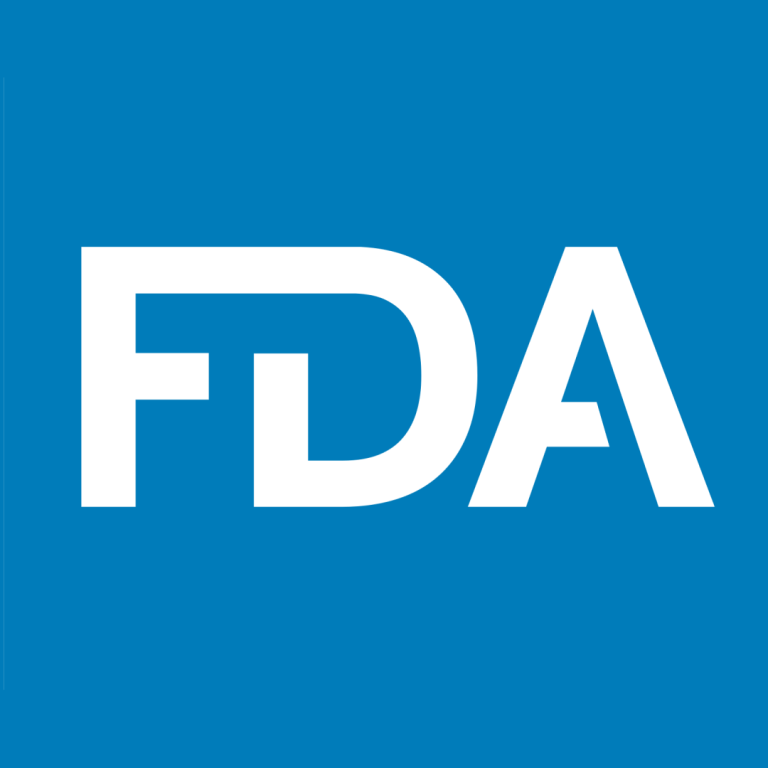
On Sept. 28, 2020, INOVIO announced the U.S. Food and Drug Administration (FDA) had notified the company that…
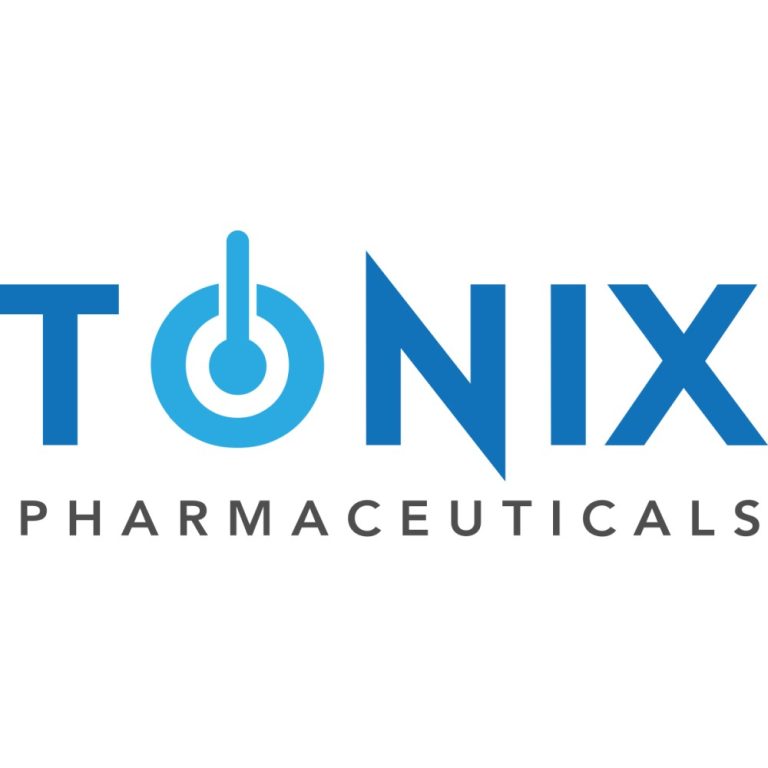
On Sept. 28, 2020, Tonix Pharmaceuticals announced that it had completed the purchase a 40,000 square foot facility…
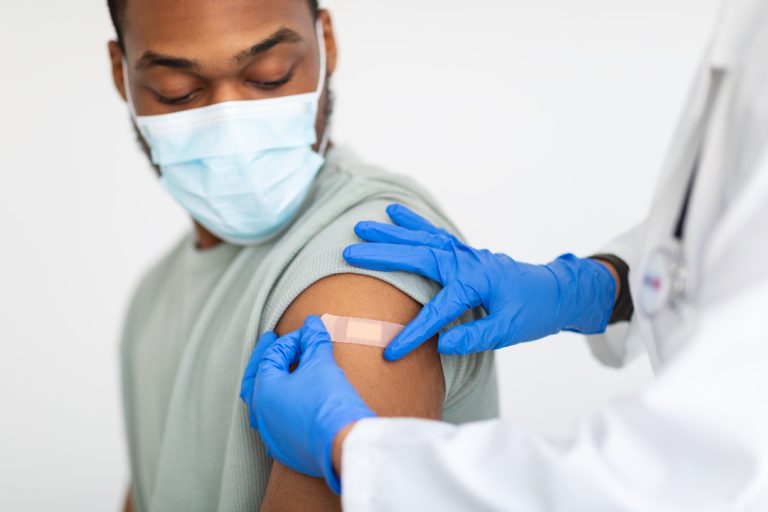
On Sept. 24, 2020, Novavax announced that it had initiated its first Phase 3 study to evaluate the…
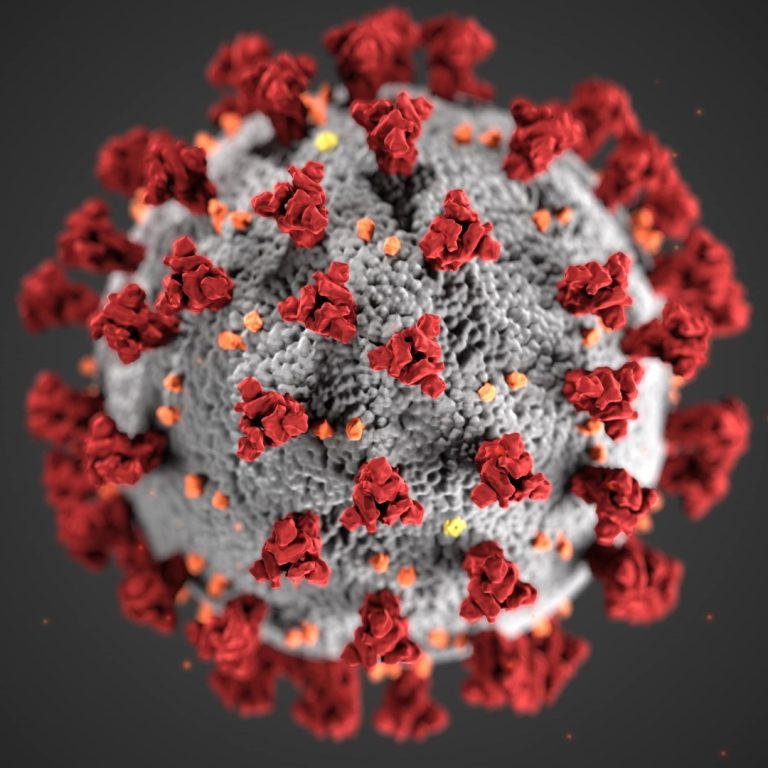
On Sept. 23, 2020, Pascal Biosciences announced the Company had confirmed an earlier report that certain cannabinoids block…
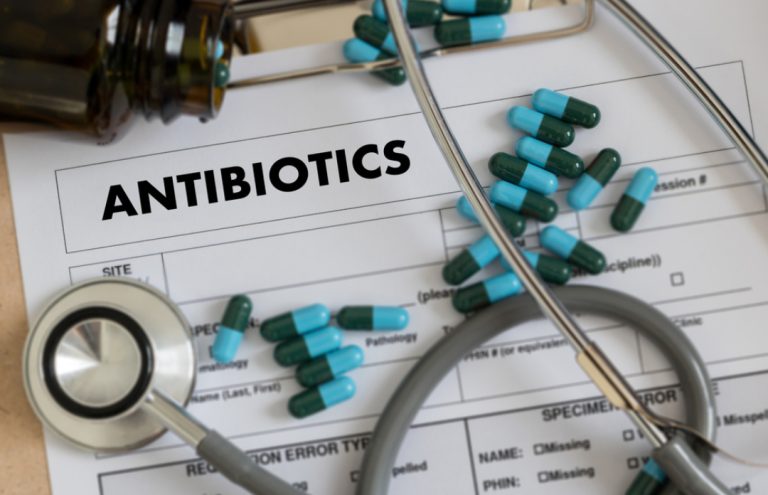
On Sept. 21, 2020, XBiotech announced it was developing a new breakthrough candidate therapy it calls FLUVID for…
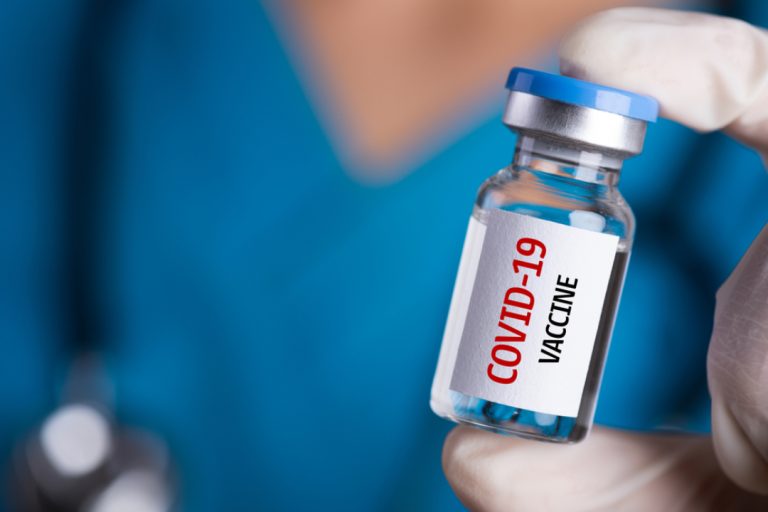
On Sept. 18, 2020, Sanofi and GSK finalised and signed an advanced purchase agreement with the European Commission…
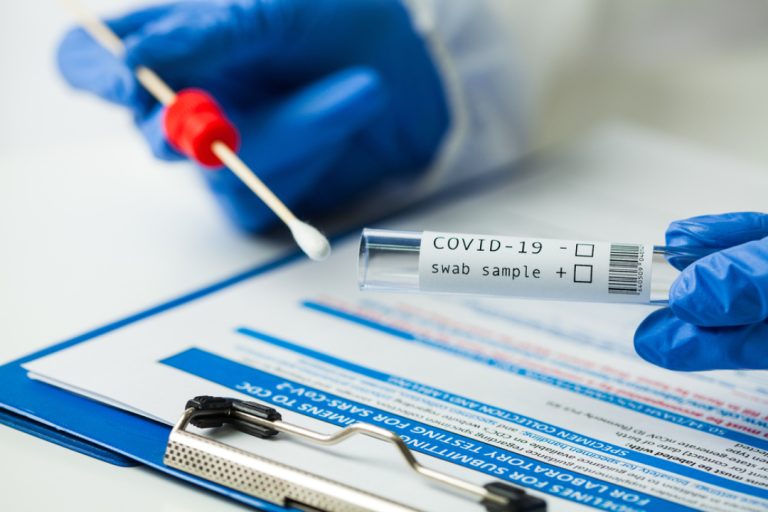
On Sept. 18, 2020, Uconn researchers, in a paper published in Nature Communications, validated the clinical feasibility of…
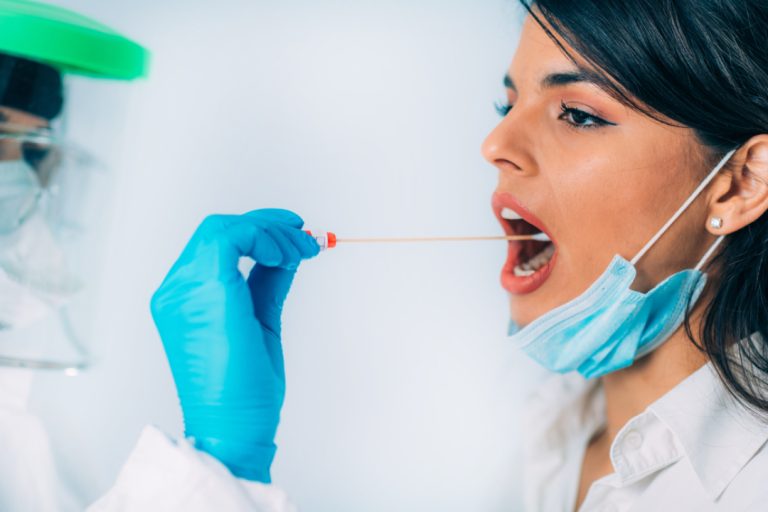
On Sept. 17, 2020, researchers announced a CRISPR-based test developed at MIT and the Broad Institute that can…

On Sept. 17, 2020, Atossa Therapeutics announced a positive interim safety assessment from the second cohort of healthy…
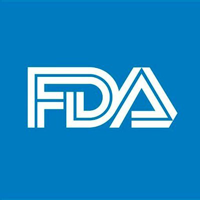
On Sept. 15, 2020, the FDA published comparative performance data for some authorized COVID-19 molecular diagnostic tests. The…

On Sept. 15, 2020, Vaxess Technologies and Medigen Vaccine Biologics (MBV) announced a partnership to develop a combined…
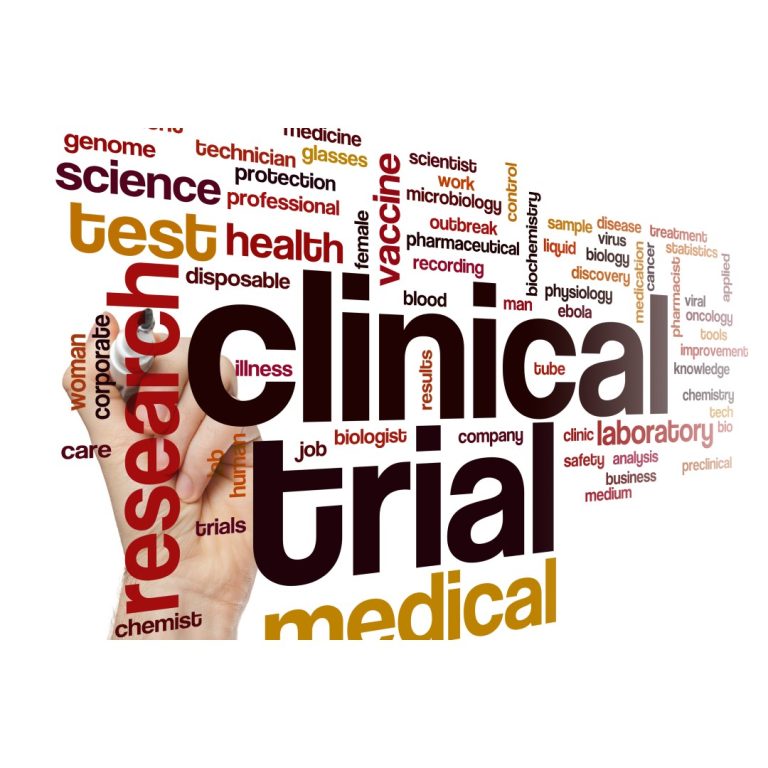
On Sept. 15, 2020,Tonix Pharmaceuticals announced that the first patient was enrolled in the observational COV-LOGIC study (TNX-C001),…
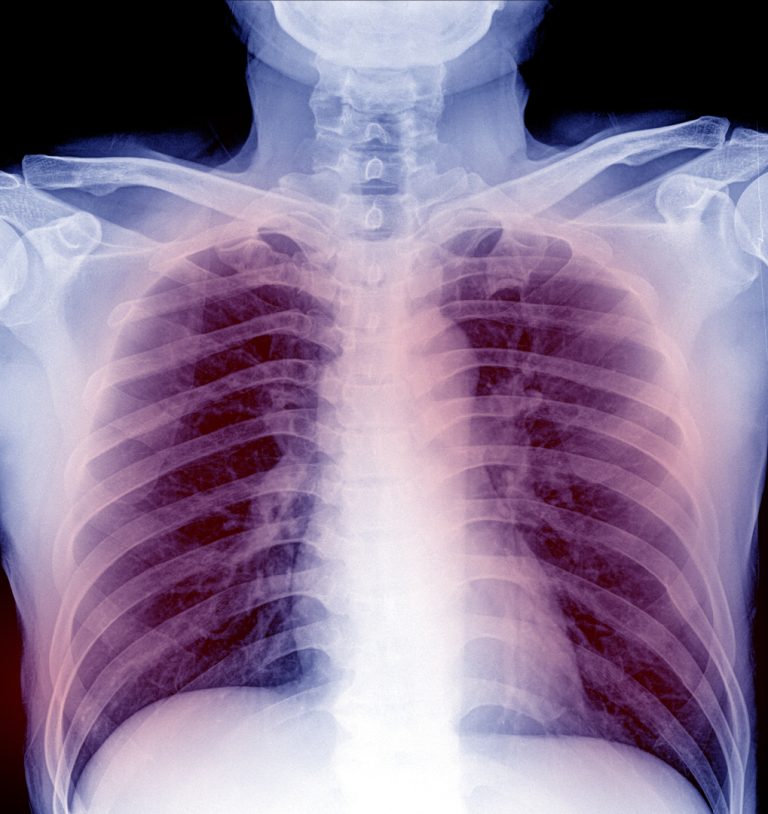
On Sept. 15, 2020, the University of Texas Health Science Center at Houston (UTHealth) announced that a study…
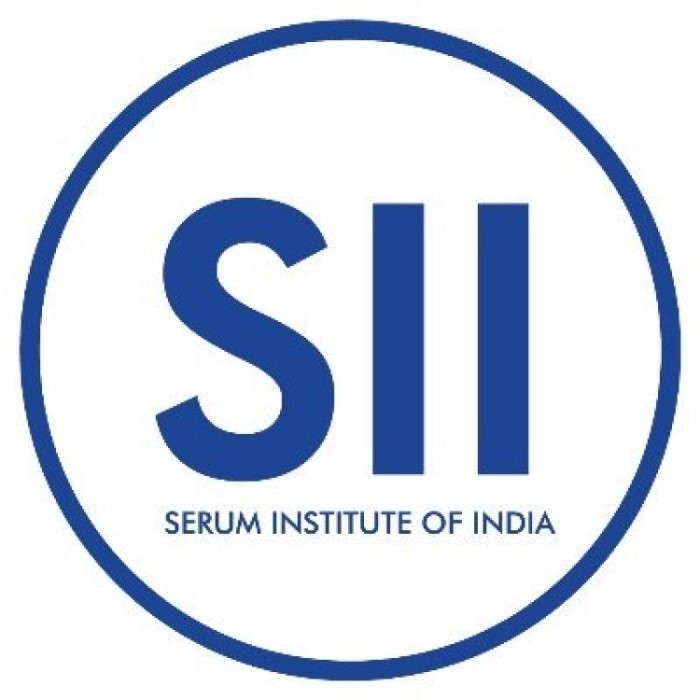
On Sept. 15, 2020, Novavax announced an amendment to its existing agreement with Serum Institute of India which…

On Sept. 14, 2020, scientists at the Max Planck Institute for Infection Biology in Berlin and the Institut…

On Sept. 14, 2020, Dynavax Technologies announced a commercial partnership for the supply of Dynavax’s CpG 1018 adjuvant…

On Sept. 14, 2020, at the Pacific Northwest National Laboratory (PNNL) reported that U.S. analysts monitoring global biothreats…

On Sept. 9, 2020, NanoString Technologies announced the formation of the GeoMx Translational Leadership Network (GTLN). The GTLN…

On Sept. 9, 2020, the American Academy of Family Physicians (AAFP) reviewed and agreed with the Advisory Committee…
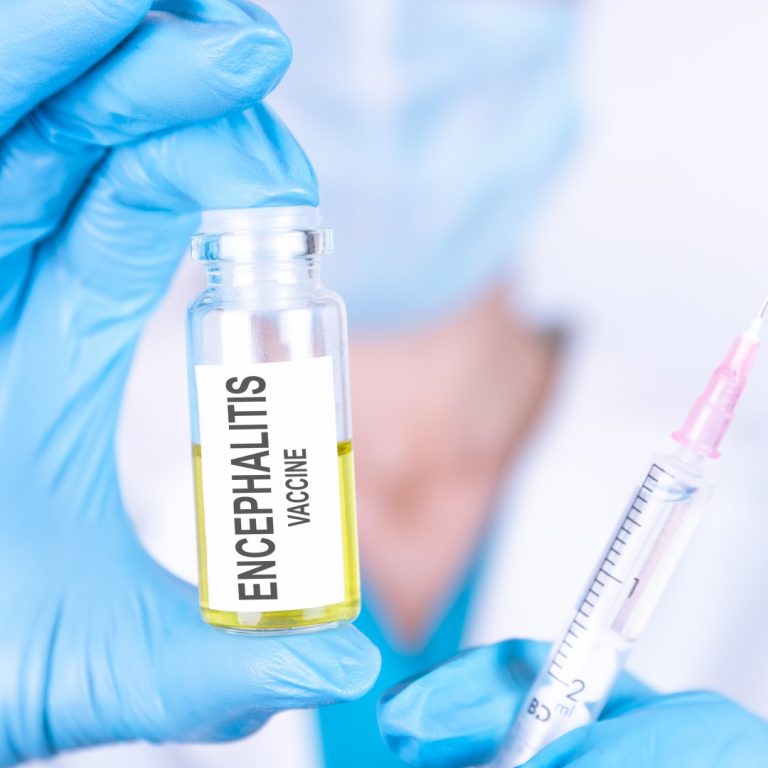
On Sept. 9, 2020, Valneva announced the signing of a new contract, lasting up to three years, with…

On Sept. 9, 2020, iBio announced that it had selected IBIO-201, its LicKMル-ubunit vaccine, as its leading candidate…

On Sept. 8, 2020, the CEOs of AstraZeneca, BioNTech, GlaxoSmithKline, Johnson & Johnson, Merck, Moderna, Novavax, Pfizer, and…
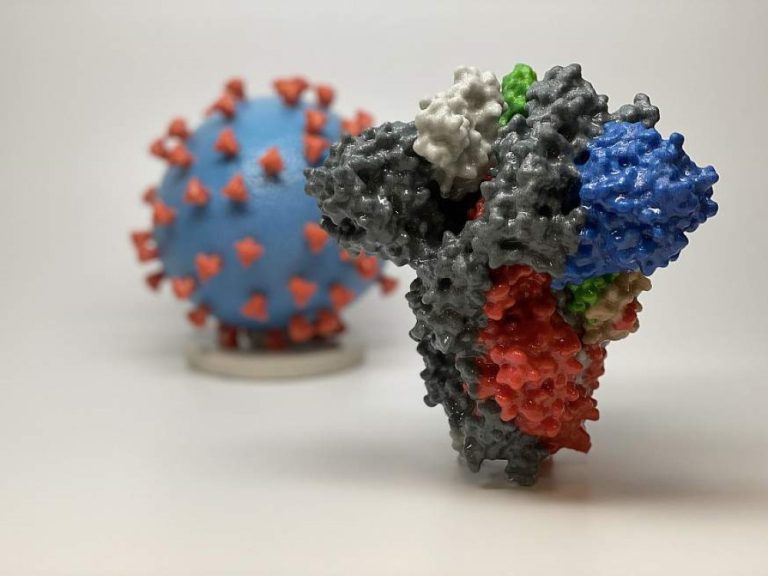
On Sept. 8, 2020, a new collaboration between the California Institute for Regenerative Medicine (CIRM) and the Chan…

On Sept. 8, 2020, LabCorp announced the launch of the first testing method to simultaneously detect COVID-19, influenza…

On Sept. 8, 2020, INOVIO announced that Thermo Fisher Scientific, the world leader in serving science, had signed…